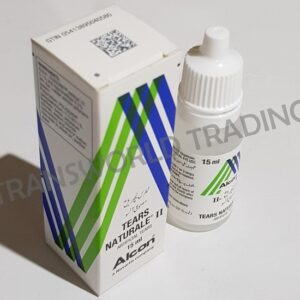How to use Ear Drops
Use this medication in the affected ear(s) as directed by your doctor, usually 3 to 4 times daily. Use in the ear only. Do not use in the eyes, swallow, inject, or inhale the medication.
Before giving this medication, thoroughly clean the ear canal as directed, and remove any crust or other material. Then wash your hands.
To make sure that the right amount of medication is given, and to avoid touching the ear with the dropper, have another person insert the drops if possible. To lower the risk of dizziness, hold the container in your hand for a few minutes in order to warm it.
To avoid contamination, do not touch the dropper tip or let it touch your ear or any other surface. Lie on your side or tilt the affected ear upward. Hold the dropper directly over the ear, and place the prescribed number of drops into the ear canal. To help the drops roll into the ear of an adult, hold the earlobe up and back. In children, hold the earlobe down and back. Keep the head tilted for about 2 minutes, or insert a piece of cotton if your doctor directs you to do so to keep the medication in contact with your ear canal. Repeat for the other ear if so directed. Do not rinse the dropper. Replace the cap after use.
Dosage is based on your medical condition and response to treatment.
Use this medication regularly to get the most benefit from it. To help you remember, use it at the same times each day. Continue using it for the full time prescribed, even if symptoms disappear after a few days. Stopping this medication too early may allow bacteria to continue to grow, which may result in a return of the infection.
Tell your doctor if your ear symptoms persist, worsen, or return after stopping this medication.






